Checklist for Car Seats
Name, DOB, Demographic info including height and weight
Primary diagnosis, age at diagnosis and related diagnoses
Medical history:
Make sure to describe complex diagnoses, make sure to discuss any postural abnormalities and anything that would support requirements for additional postural support and safety in a family vehicle.
Functional mobility:
Here you can describe developmental skills, primary means of mobility and ability to transfer.
If assistance is required with transfers, how much assistance and that the family is able to dependently perform transfers in and out of the vehicle.
What is their strength? (It is ok to say that MMT was not appropriate due to age, describe developmental skills compared to typical age-appropriate skills).
What is their ROM?
Do they have tone that requires an adductor wedge for positioning?
What is this patients’ sensation?
Describe their sitting balance. How much support do they require to maintain sitting? Can they support their head in sitting? Do they demonstrate increased cervical flexion with fatigue?
Current Situation:
What type of car seat is being used currently? If it is a standard car seat/off the shelf car seat be sure to include the exact name and who purchased it (Insurance or family).
Why is this car seat not safe?
What does the child look like when positioned in the car seat?
How long can they sit in the car seat before they complain of pain or their posture is unsafe?
What kind of vehicle does the family have? How many others in the family ride in the family vehicle? If a larger/older child - have van mods been considered?
Trial period with standing frame:
It is challenging to get a trial car seat for families. Be sure that the chil'’s measurements (hip depth and width, back height and chest width) all fit the parameters of the car seat. Be sure to document that the car seat will fit inside of the child’s family vehicle (you can compare the outside width of the car seat to their current car seat width if needed).
What are you requesting and describe why you need all added accessories:
Specific name of car seat requested. Examples:
Adductor Pommel: “This is required to facilitate optimal positioning while seated in the car seat. This pommel will help position her LE’s so there will be equal weight through her ischial tuberosities while seated in the car seat. This pommel will also keep her from sliding forward in the car seat that can lead to unsafe positioning.”
Lateral supports: “These are required to provide adequate support to her trunk while seated in this car seat. As noted above, she has hypotonia or weakness throughout her trunk and requires increased support to maintain in an upright position.”
What other less costly alternatives have been considered but rules out:
Rule out that the EZ on Vest is not appropriate for your child (Example: it does not provide adequate support throughout the trunk and cervical spine). Compare the car seat you are asking for to other car seats available based on height and weight limitations (Example: the Wallaroo car seat was considered but ruled out because it accommodates a maximum weight of 106 pounds and this child is 110 pounds).
